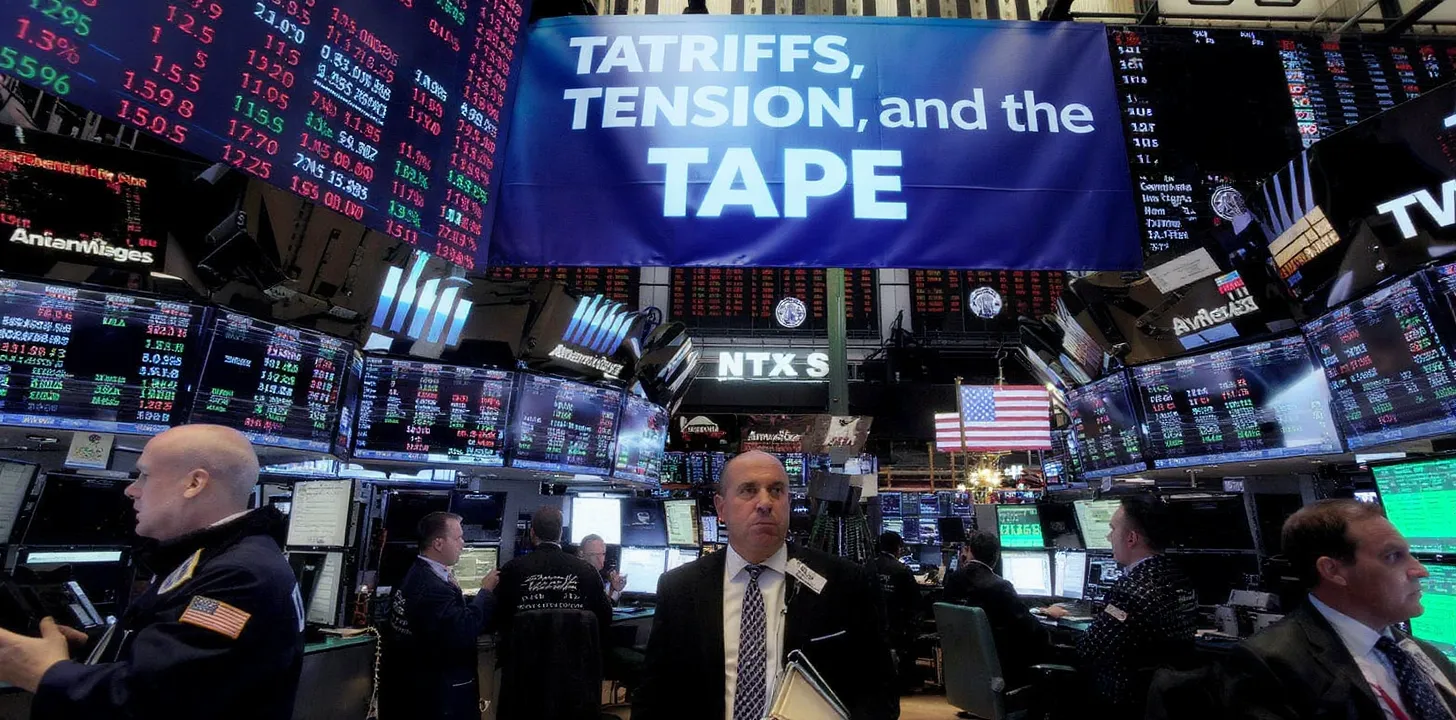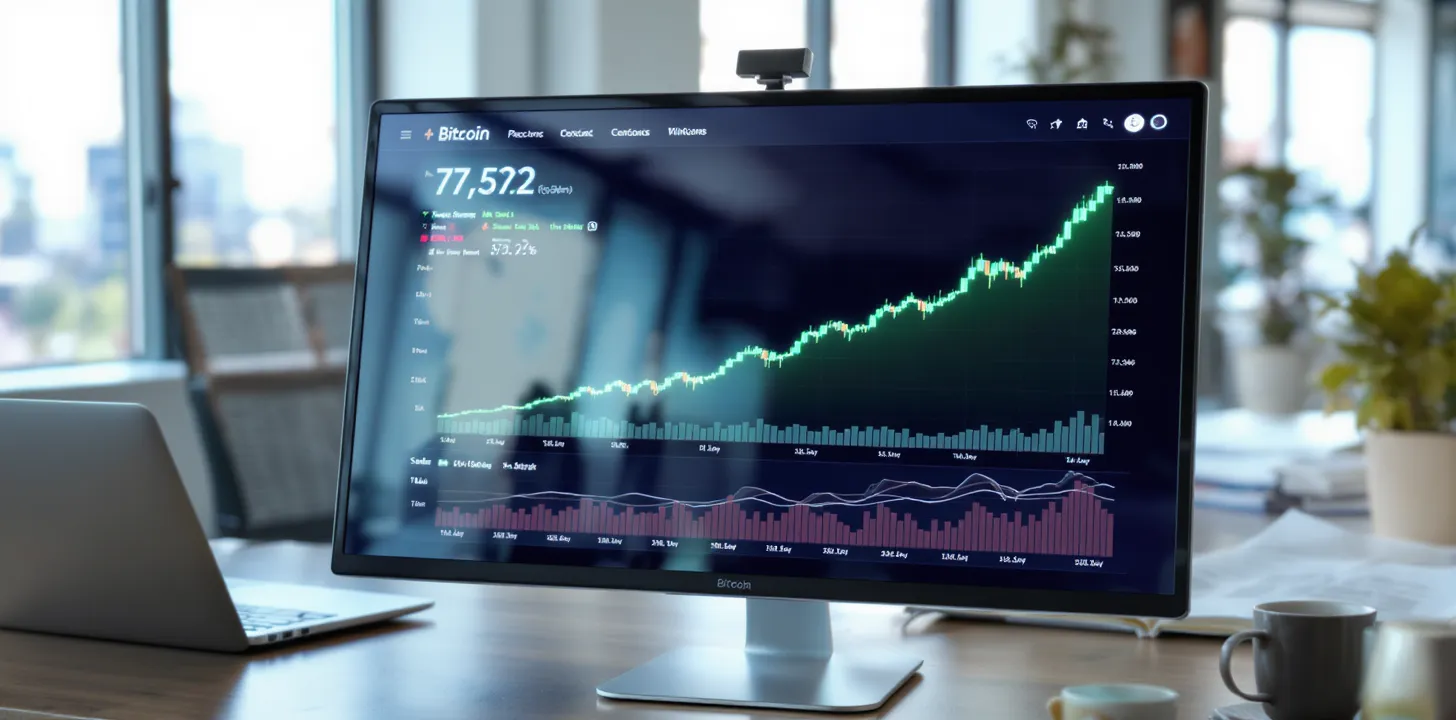A Multi-Asset Snapshot – Stocks, Bonds, and Commodities in Flux
Introduction
Global financial markets have been navigating a series of crosscurrents, with shifting tariff policies, strong U.S. bank earnings, and evolving Federal Reserve signals all driving investor sentiment. Recent developments in U.S. trade policy, particularly a potential modification to auto tariffs and the exemption of certain electronics from reciprocal duties, initially spurred some optimism. However, Wall Street stocks soon lost momentum, underscoring the uncertainty facing traders. Outside the U.S., European and Asian shares managed to sustain gains, reflecting investors’ eagerness to capitalize on any glimmers of good news despite ongoing tariff turbulence. This article offers a detailed view of current equity movements, bond market trends, and commodity fluctuations.
U.S. Equities: Calm After the Tariff Storm?
Despite a brief respite from incessant tariff concerns, U.S. equities ended Tuesday’s session with modest losses. The Dow Jones Industrial Average dipped roughly 0.4%, while the S&P 500 fell around 0.2%. The Nasdaq Composite ended nearly flat. These moves came even as major banks—Bank of America, Citigroup, and Wells Fargo—reported strong first-quarter earnings.
One reason the rally stalled was the lingering uncertainty surrounding President Donald Trump’s tariff pronouncements. Although the administration hinted at softening its stance on auto tariffs, the broader scope of future trade policy remains ambiguous. Heightened tariffs can dent corporate profits by raising input costs, and persistent uncertainty may dampen business investment. According to some strategists, the “market is eerily calm,” with volatility poised to reemerge if trade policy shifts again.
Europe Rides Auto Sector Optimism
In Europe, however, investors embraced potential upside. The pan-European STOXX 600 climbed 1.6%, buoyed by gains in autos and parts, which jumped around 2.3%. Rumors that certain U.S. tariffs may be watered down sparked optimism that the auto sector could avert the worst-case scenario. German automakers, alongside suppliers, led the broader market higher.
Despite the day’s strong performance, analysts remain cautious about Europe’s longer-term prospects. The region still faces external headwinds, such as potential U.S. tariffs on other goods and ongoing concerns about global growth. German investor morale recently plunged to its lowest since early 2022, demonstrating the continued fragility of the region’s sentiment.
Asian Shares Reflect Cautious Optimism
Asian shares also managed gains. MSCI’s broadest index of Asia-Pacific shares outside Japan rose 1%, while the Nikkei in Tokyo jumped 0.8%. Auto-related companies like Toyota and Denso were standout performers, capitalizing on hopes that an easing of U.S. auto tariffs would support their export markets.
Still, major questions remain for Asian economies. China’s near-term outlook is clouded by uncertainties around semiconductors and pharmaceuticals, both facing potential U.S. import restrictions. Analysts warn that the “final tariff menu remains unsettled,” raising concerns about how the region’s trade-dependent economies will fare if U.S.-China trade tensions escalate once again.
Bonds: Treasury Yields Recover
U.S. Treasury yields have rebounded from last week’s manic selloff. The benchmark 10-year yield slipped around 3 basis points to 4.33% on Tuesday, following a 13-basis-point fall in the previous session. The market re-evaluated the likelihood of the Federal Reserve cutting rates later this year, especially after hawkish signals from some Fed officials clashed with more dovish commentary from others.
Federal Reserve Governor Christopher Waller suggested that tariff-induced economic shocks might push the Fed to cut rates to stave off recession, even if inflation remains above target. The inconsistency in Fed signals underscores the sense that rate forecasts could shift swiftly if trade policy causes growth to falter.
Commodities: Gold Glitters While Oil Treads Water
Gold prices rose around 0.7%, hovering near recent record highs above $3,200 an ounce. The precious metal drew strength from safe-haven demand, as ongoing tariff uncertainty keeps investors on edge. A weaker dollar also played a role, making gold more attractive for holders of other currencies.
Meanwhile, oil prices remained relatively flat. Brent crude and West Texas Intermediate both hovered near recent levels, as traders weighed the potential impact of slowing global growth on energy demand. The International Energy Agency cautioned that demand in 2025 may grow at its slowest rate in five years, highlighting lingering concerns about the global economic landscape.
Outlook: Caution Prevails Amid Policy Shifts
Going forward, investors appear wary. While some relief emerged on auto tariffs and strong bank earnings, the persistent unpredictability in U.S. trade policy is tempering enthusiasm. Equity markets outside the U.S. may continue to outperform if the White House dials back some tariff threats; however, any abrupt change of tone could reverse sentiment rapidly.
Central bank decisions and data releases, particularly the upcoming Fed Chair Jerome Powell speech and any signs from China’s GDP and industrial numbers, will shape the next wave of market direction. With volatility likely to remain elevated, investors may seek defensive assets such as Treasuries and gold until a clearer, more stable policy outlook emerges. In the near term, a mix of selective optimism and lingering caution will continue to define market behavior.



